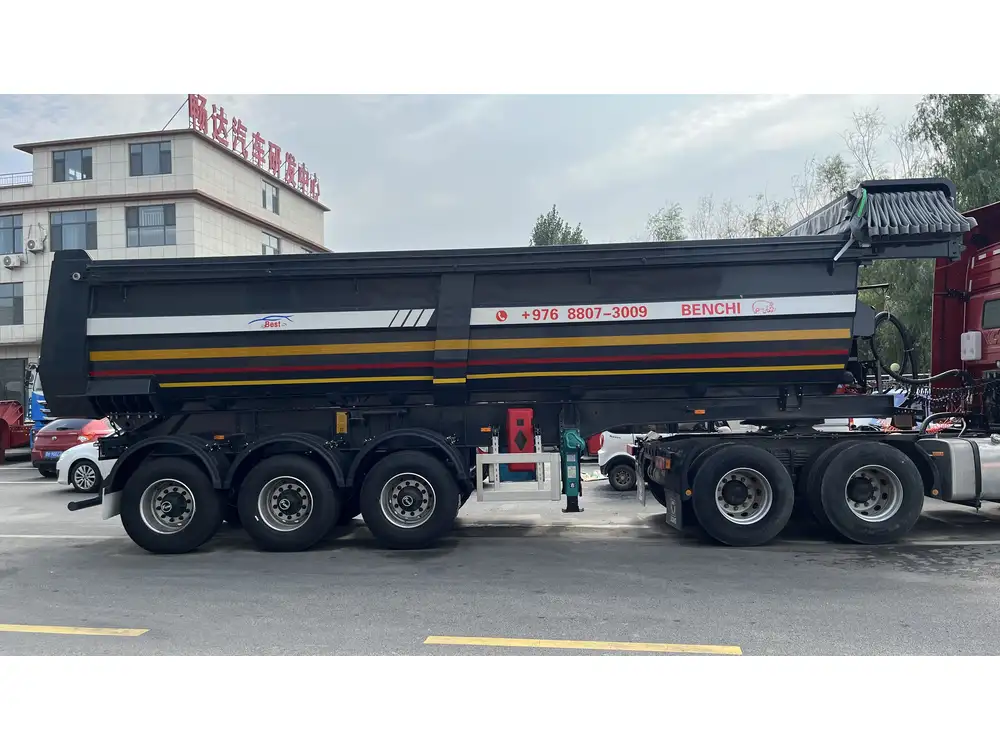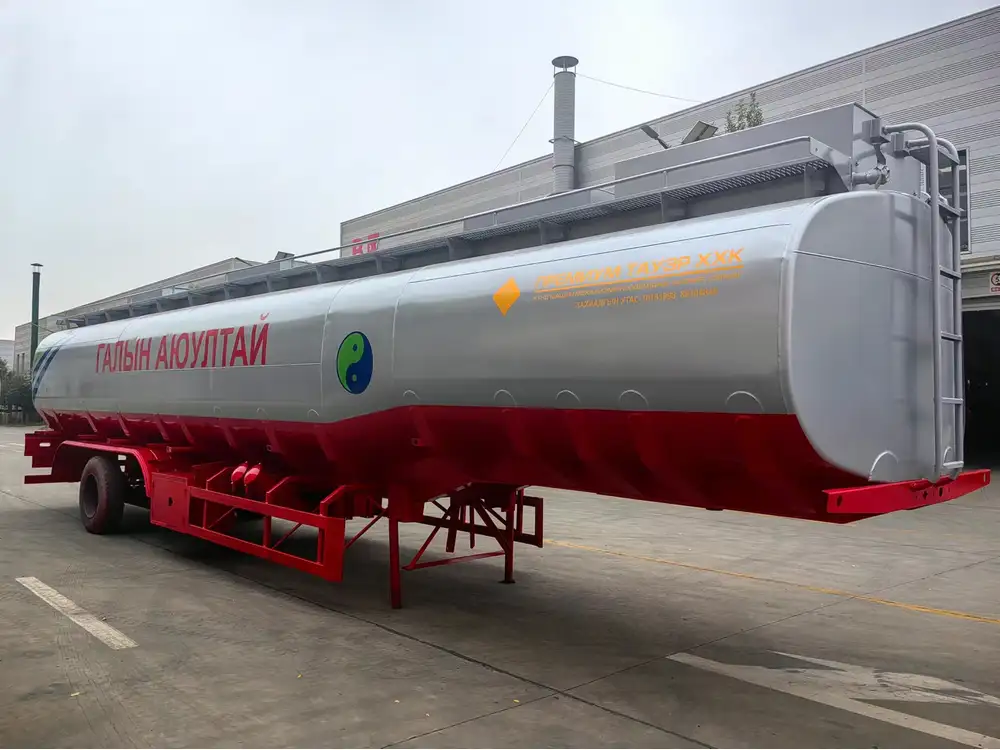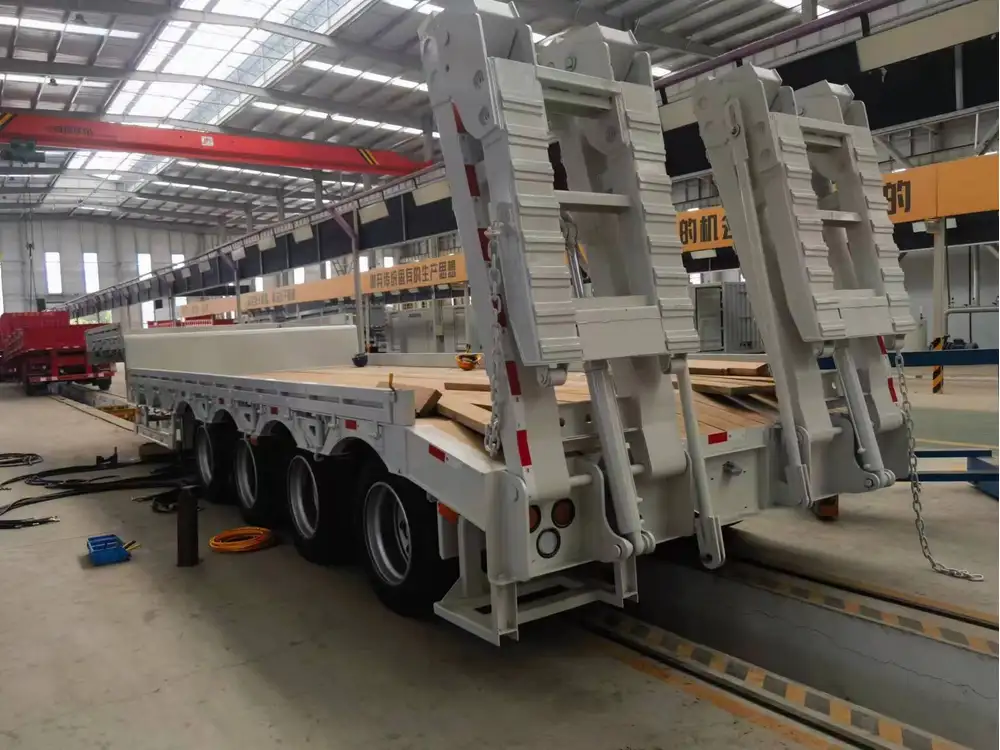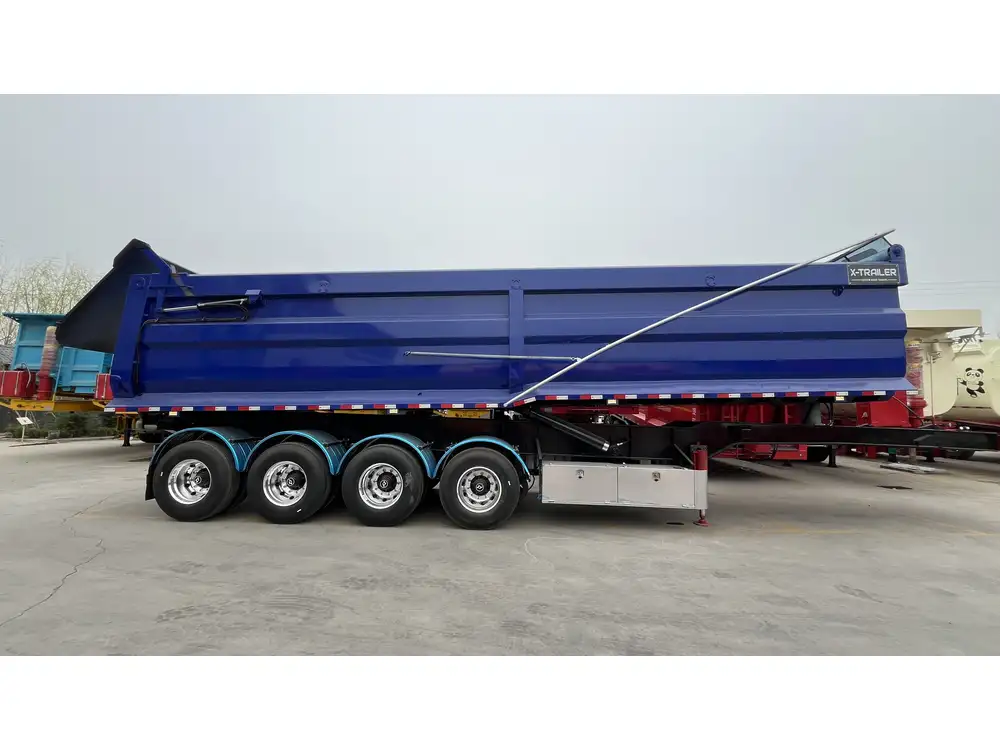Redecking a semi-trailer is an essential maintenance task that significantly extends the life of this crucial piece of transport equipment. Whether due to wear and tear, damage, or simply the need for a change, proper redecking can enhance stability, safety, and overall functionality. In this article, we will delve deep into the process, materials, tools required, and best practices for redecking your semi-trailer, allowing you to achieve a high-quality finish.
Understanding the Importance of Redecking
Why Redeck?
- Safety: A well-maintained deck provides a stable platform for transporting goods, minimizing the risk of load shifts.
- Durability: Regular redecking prevents the development of structural weaknesses, prolonging the trailer’s operational life.
- Cost Efficiency: Investing in redecking is more economical than purchasing a new trailer, especially if regular maintenance keeps it in top condition.

Signs It’s Time to Redeck Your Semi Trailer
Monitoring the condition of your trailer’s deck is critical. Look for:
- Visible Damage: Cracks, splintering, and rotting wood are clear indications that redecking is necessary.
- Load Shifts: If you notice your cargo moving unexpectedly during transport, it may be due to an unstable deck.
- Water Accumulation: Standing water can cause significant damage to the trailer’s structure; redecking ensures proper water drainage.
Materials for Redecking
Selecting the right materials is fundamental for a successful redecking project. Here are some commonly used materials:
| Material | Description | Pros | Cons |
|---|---|---|---|
| Plywood | Commonly used for its availability and cost-efficiency. | Affordable, easily sourced | Can warp if not sealed properly |
| Aluminum | Lightweight and resistant to corrosion. | Durable, low maintenance | Higher cost |
| Steel | Very strong and durable, ideal for heavy loads. | Long-lasting, excellent strength | More expensive; susceptible to rust |
| Composite | Made from recycled materials for sustainability. | Environmentally friendly | May not be as strong as steel |
Recommended Specifications for Decking Materials
- Thickness: A minimum thickness of 1.5 to 2 inches is generally recommended for plywood.
- Water Resistance: Look for treated or marine-grade wood to prevent rot.
- Weight Capacity: Ensure the material can support the expected load without bending or breaking.

Tools Required for Redecking
Before beginning the redecking process, gather the following tools:
- Circular Saw: For cutting decking material to the required size.
- Drill/Driver: Essential for fastening screws into the framework.
- Rubber Mallet: Aids in adjusting the deck boards without damaging them.
- Measuring Tape: To ensure accurate dimensions for the deck.
- Safety Gear: Always wear gloves, goggles, and a dust mask to protect yourself during the process.
Step-by-Step Guide to Redecking a Semi Trailer
1. Preparation
Empty the Trailer: Remove all cargo and ensure the trailer is clean and entirely cleared.
Inspect the Frame: Examine the trailer’s frame for any signs of damage or corrosion that might require repair before redecking.

2. Remove the Old Deck
Cutting: Use a circular saw to cut through the screws holding the old decking. Take care not to damage the frame beneath.
Prise Up: Carefully use a pry bar to lift the old decking away from the frame. Dispose of the old material responsibly.
3. Clean the Surface
Once the old deck is removed, clean the frame thoroughly to remove any debris, dust, or structural remnants to ensure a solid base for the new decking.
4. Measure and Cut New Deck Boards
Using the measuring tape, calculate the required sizes for each board:
- Lengths and Widths: Determine how many boards you will need based on the dimensions of your trailer.
- Cutting Boards: Carefully cut the new boards to the required size using your circular saw.

5. Install the New Deck
- Layout: Position the new boards on the trailer frame to check alignment.
- Fastening: Using the drill/driver, begin fastening one edge of the first board. We recommend using stainless steel or galvanized screws to prevent rust.
- Screw Pattern: Secure screws approximately every 12 inches along the edges of the boards.
- Continue with Additional Boards: Once the first board is secure, continue laying the remaining boards, ensuring they fit tightly together.
6. Seal and Protect
After all boards are in place, consider applying a sealant to protect the wood from moisture infiltration, especially if opting for plywood.
Recommended Sealants: Look for a high-quality deck sealant or marine-grade varnish designed for outdoor use.
7. Final Inspection
Conduct a thorough inspection of the newly decked semi-trailer, checking for:
- Structural Integrity: Ensure that all boards are secured and stable.
- Surface Flatness: Verify that the surface is smooth and suitable for loading.

Best Practices for Maintaining Your Semi Trailer Deck
Regular Inspections
Plan for biannual inspections to look for:
- Signs of wear
- Loose screws
- Water damage
Cleaning
Regularly clean your deck to remove debris that may cause damage over time. A pressure washer can effectively remove dirt and grime without harming the surface of the decking.

Reapplication of Sealant
Depending on environmental conditions, reapply sealant every couple of years or sooner if you notice wear.
FAQs About Redecking a Semi Trailer
How much does redecking a semi-trailer cost?
The cost of redecking primarily depends on the materials chosen and labor involved. On average, redecking can range from $1,500 to $5,000.

How long does it take to redeck a semi-trailer?
Typically, a professional crew can complete the redecking process in one to three days, depending on the size of the trailer and the extent of the work.
Can I redeck my semi-trailer myself?
Yes, if you have the necessary tools, materials, and some woodworking experience, redecking can be a manageable DIY project. However, professional help ensures quality and longevity.
What type of wood is best for a semi-trailer deck?
Marine-grade plywood is often recommended for its water resistance and strength. Alternatively, aluminum decks can provide a longer-lasting solution with more durability.

When should I consider replacing the entire trailer instead of redecking?
If the frame shows severe damage, or the costs of continuous maintenance outweigh the benefits, it may be more economical to invest in a new trailer.
Conclusion
Keeping your semi-trailer in peak condition through regular redecking is vital for safety, efficiency, and cost-effectiveness. By following this comprehensive guide, you’ll not only successfully redeck your trailer but also ensure its longevity and reliability for all your hauling needs. Remember, investing time and effort into proper maintenance translates directly to improved performance on the road. Whether choosing materials or handling the process yourself, diligent care will yield lasting benefits that solidify your position in the transportation industry.



